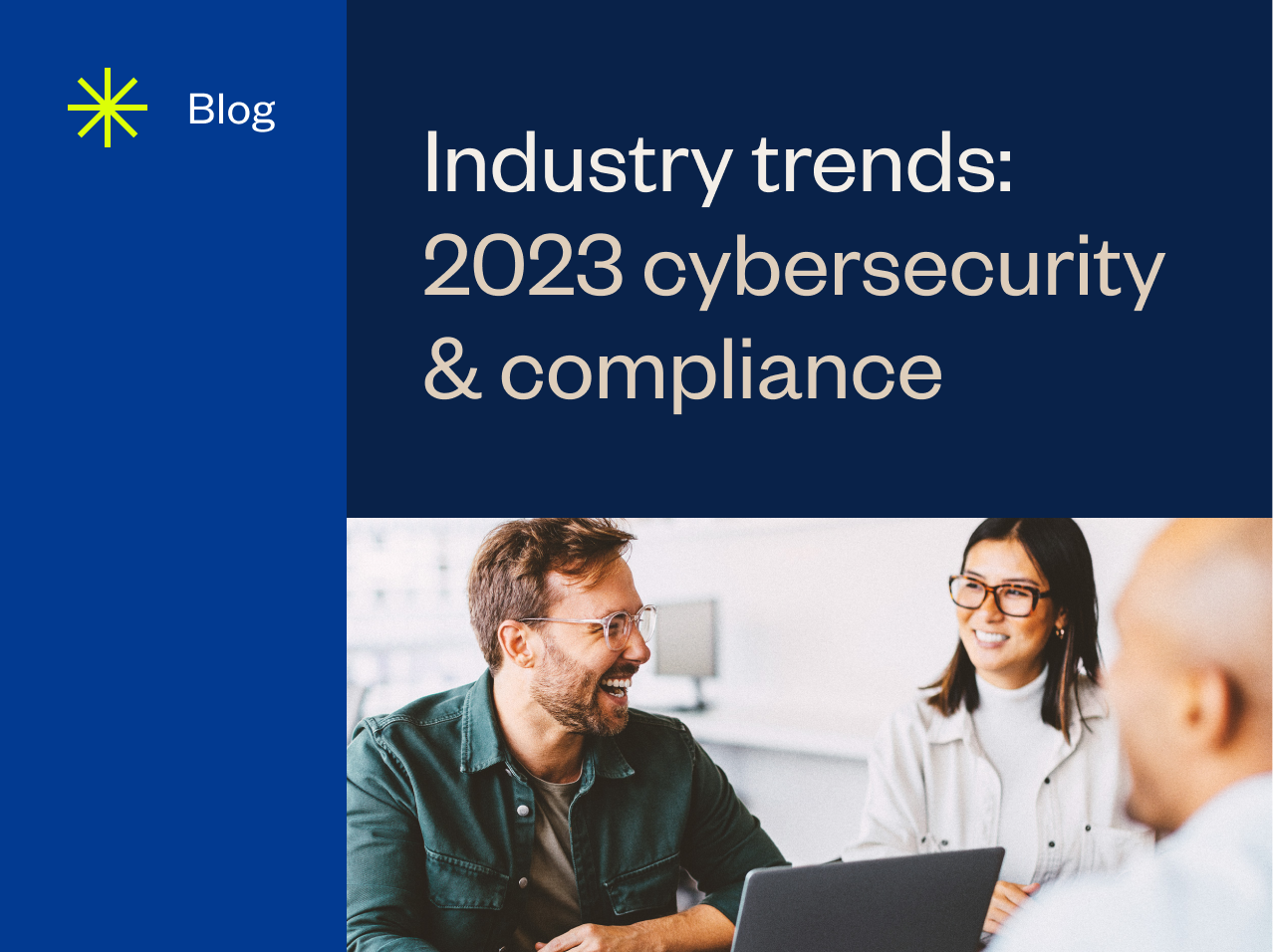Best Practices for Compliance: Lessons Learned from A-LIGN’s 2023 Compliance Benchmark Report

In today’s business landscape, organizations are realizing the importance of adopting a proactive and strategic approach to compliance. As highlighted by A-LIGN’s 2023 Compliance Benchmark Report, the demand for compliance is evident, with a significant number of organizations (72%) conducting audits or assessments to win new business.
The need for strategic compliance is further underscored by the frequency of audits, the time spent preparing for them, and the benefits of consolidating audits. In this blog, we delve into the concept of strategic compliance and explore how organizations can develop a master audit plan to streamline their compliance program. We also discuss the value of consolidating audits and auditors, leveraging technology, and the journey toward compliance maturity.
Embrace strategic compliance with a master audit plan (MAP)
Strategic compliance requires a fundamental shift in the way that organizations approach their compliance program away from tactical and reactive audits to a more strategic and proactive compliance program. Strategic compliance elevates singular audits into an ongoing process of risk assessments, monitoring and reporting, and continuous improvement. Planning, testing and assessing, and optimization are cornerstones of strategic compliance.
A master audit plan (MAP) is at the heart of strategic compliance. Developing a MAP includes reviewing current processes, establishing a schedule of upcoming audits, consolidating audits and auditors as needed, and delivering an efficient and scalable audit program.
Consolidate audits and auditors
Consolidating audits and auditors is one of the most effective approaches to enhancing the efficiency of a compliance program. Conducting multiple audits as a coordinated effort can reduce duplication of work and ensure consistency across the audit process.
The first step toward consolidating audits and auditors is to review which audits and auditors can be consolidated. Most audits can be consolidated under a single auditor, but certain compliance frameworks may have specific requirements to be conducted independently. Once you have determined which audits you want to consolidate, seek an audit firm that provides the widest breadth of coverage for those audits.
The process of consolidating audits and auditors should be outlined within the MAP. For example, a MAP could define the objectives and expected outcomes of the audits. Organizations should also include key activities, timelines, resources, roles, and responsibilities when they develop their MAP schedule. Likewise, this process should be continuously monitored and assessed.
Leverage technology with auditor expertise
In the process of consolidating audits and auditors, organizations should also consider how audit software solutions can further increase the efficiency of their compliance program — particularly if an audit service provider can provide a compliance management solution as part of their service.
Start by reviewing the audit requirements and determining which features of compliance management software are important to you. Then, talk to your audit service provider about their software solutions or research other options to find the right solution for you needs. Commonly requested features include the ability to automate audit workflows, integrate with other systems, generate reports and analytics, provide continuous compliance monitoring, and deliver the final compliance report.
Compliance is a journey toward maturity
Ultimately, fostering a culture of strategic compliance takes time. This transformation requires investing resources into assessing audit requirements and researching the capabilities of service providers. Consolidation does not happen overnight — some compliance frameworks may take a year or more to fully transition from one audit service provider to another.
Even as an organization begins their journey toward compliance maturity, their audit processes may still seem tactical and ad hoc. Over time, as technology is introduced and compliance becomes a proactive, strategic function, these processes tend to become more well-managed and consolidated. Eventually, with the right compliance framework and process, it can be optimized as a competitive advantage across departments.
Learn more about strategic compliance in A-LIGN’s 2023 Compliance Benchmark Report.





